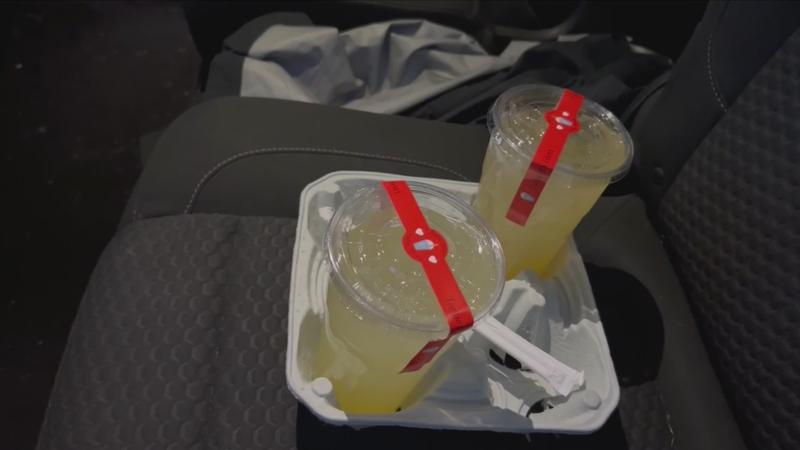Good Question: Drinks-to-go and policing the law
[anvplayer video=”5108221″ station=”998131″]
ROCHESTER N.Y. (WHEC) — Time to answer a good question about a new law, booze-to-go.
Alcohol to-go got a lot of attention when that became common during the middle of the pandemic. Now that the order passed in the new budget, what does this mean for law enforcement and you?
Gregg asked me just that:
“I’ve read how the NYS Liquor Authority have approved "wine & liquor to-go" and established under what circumstances the "to-go" can be utilized. Have the NYS vehicle & traffic laws been adjusted about transporting alcohol in vehicles or are drivers leaving themselves open for legal problems?”
I took that question to the Monroe County Sheriff’s Office and Captain Rick Bancroft.
"Under the Traffic Law, it’s black and white. It’s clear you can’t have any open container in the passenger compartment of the car whatsoever," Bancroft said. "If it’s open in the passenger department of a car, under the Vehicle and Traffic Law, it’s presumed it has been or could be consumed. And it’s an immediate traffic ticket. It’s not a crime, it’s a regular traffic ticket. But still, the safety concern is that the person could be impaired while driving."
It’s not just the driver who’s responsible. The rule applies to anyone in your car. So if you’re getting drinks to-go, on the way home, don’t leave any doubt for law enforcement if you happen to get stopped.

[News10NBC]
Put it out of reach. Best case, the trunk. At the very least, a cup holder in the back seat. Deputies say more could be done to tweak the wording in the current traffic law and what’s on the books with drinks-to-go. So they mesh better together.
Here’s another thing they are asking: for specifics.
Check out this section of the law requiring that: "alcoholic beverages are packaged in a container with a secure lid or cap sealed in a manner designed to prevent consumption, without removal of the lid or cap by breaking the seal."
Most places around town will use a piece of tape, running from the lid to the cup, but are there other ways to do this legally?
"The law as I’ve read it doesn’t prescribe anything besides a seal that is intact, it doesn’t say what vendor provides that seal or how it’s applied or what kind of seal it is," Bancroft said. "It’s just a ‘seal’ that can be clearly identified as not being broken."
I reached out to the State Liquor Authority if there’s a more specific definition on what is a seal and what doesn’t go far enough. I never got a response.
Another note, the booze-to-go law actually expires in three years. By that deadline, lawmakers and the governor must choose to keep it or change it.